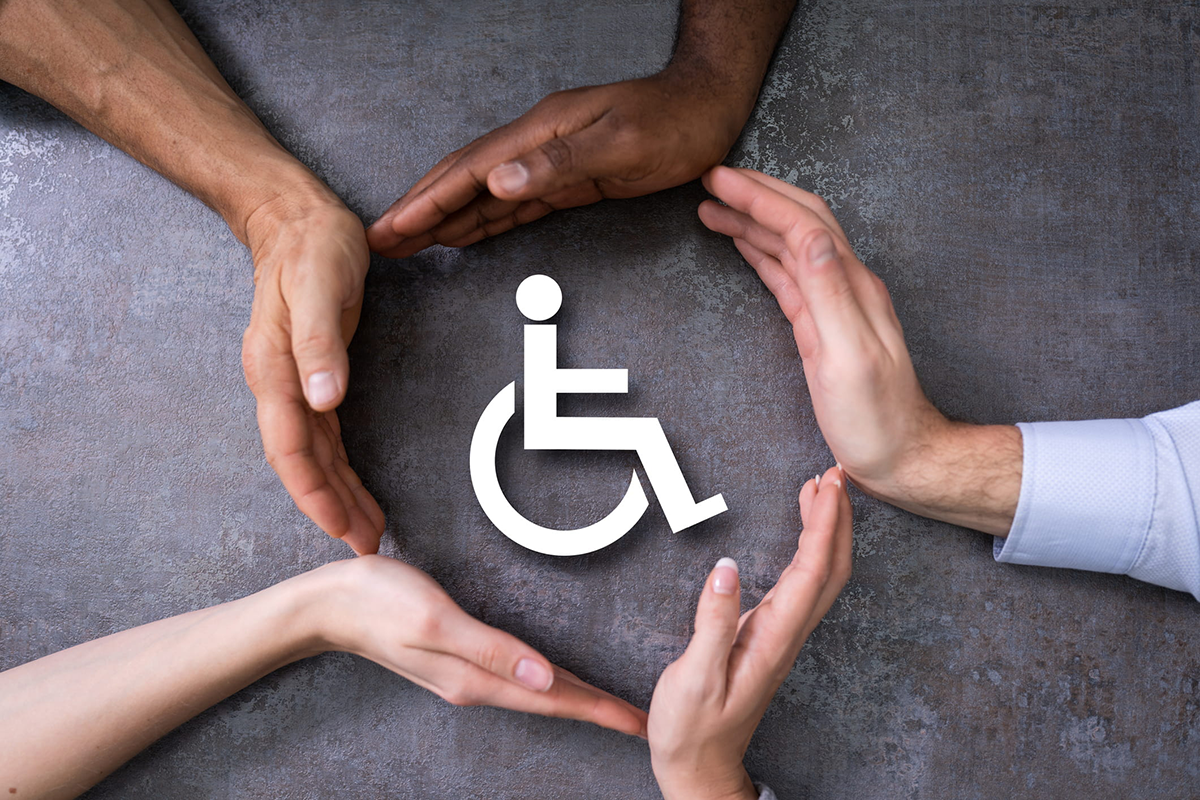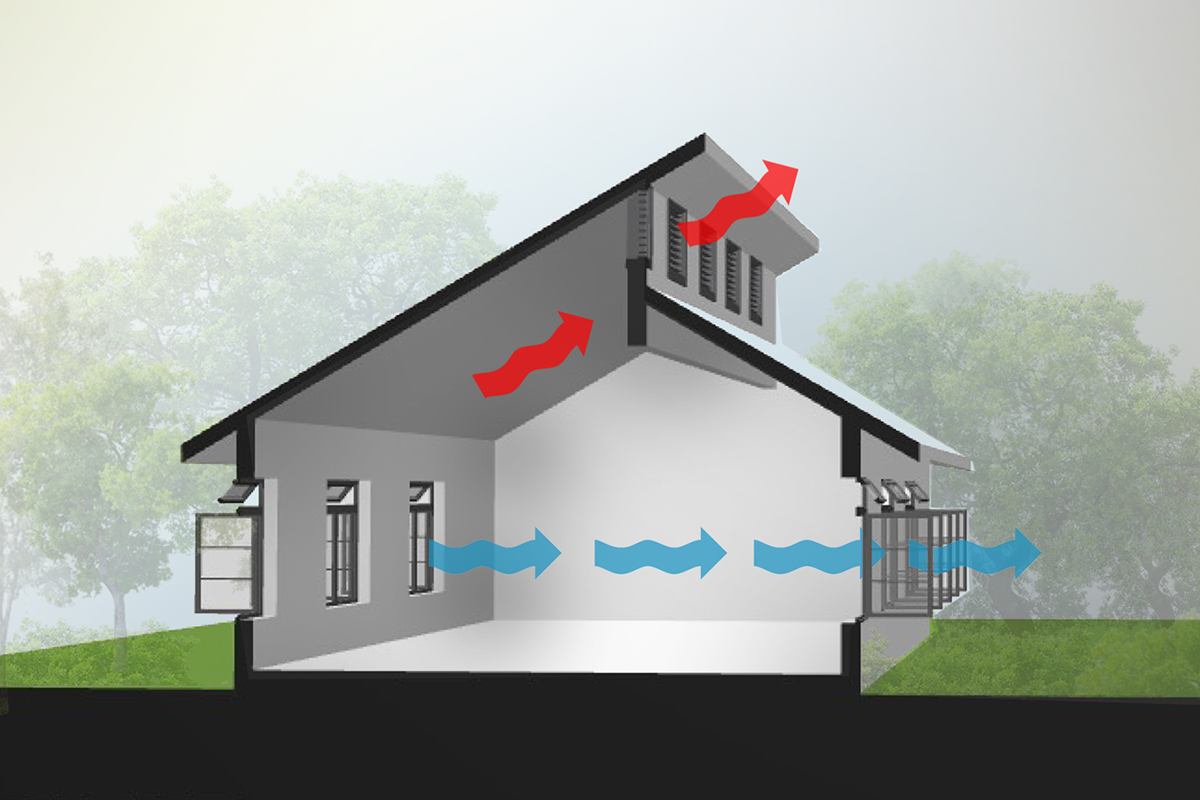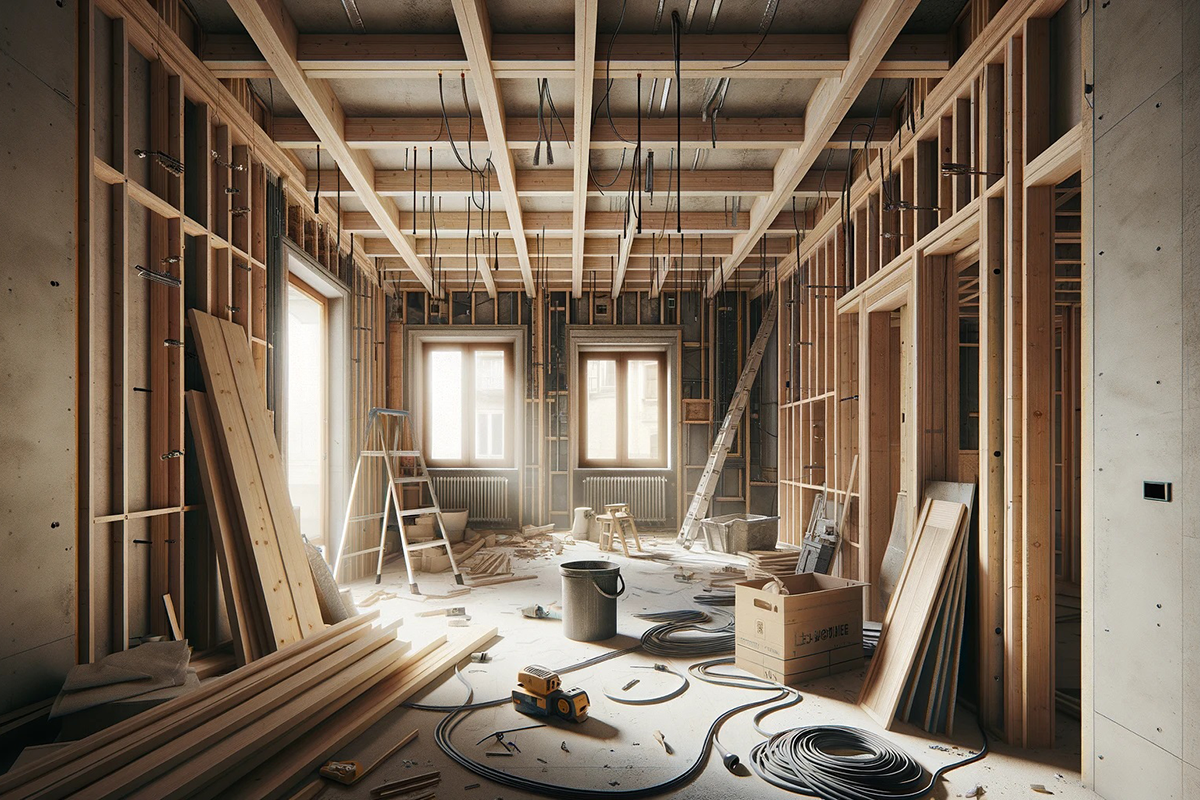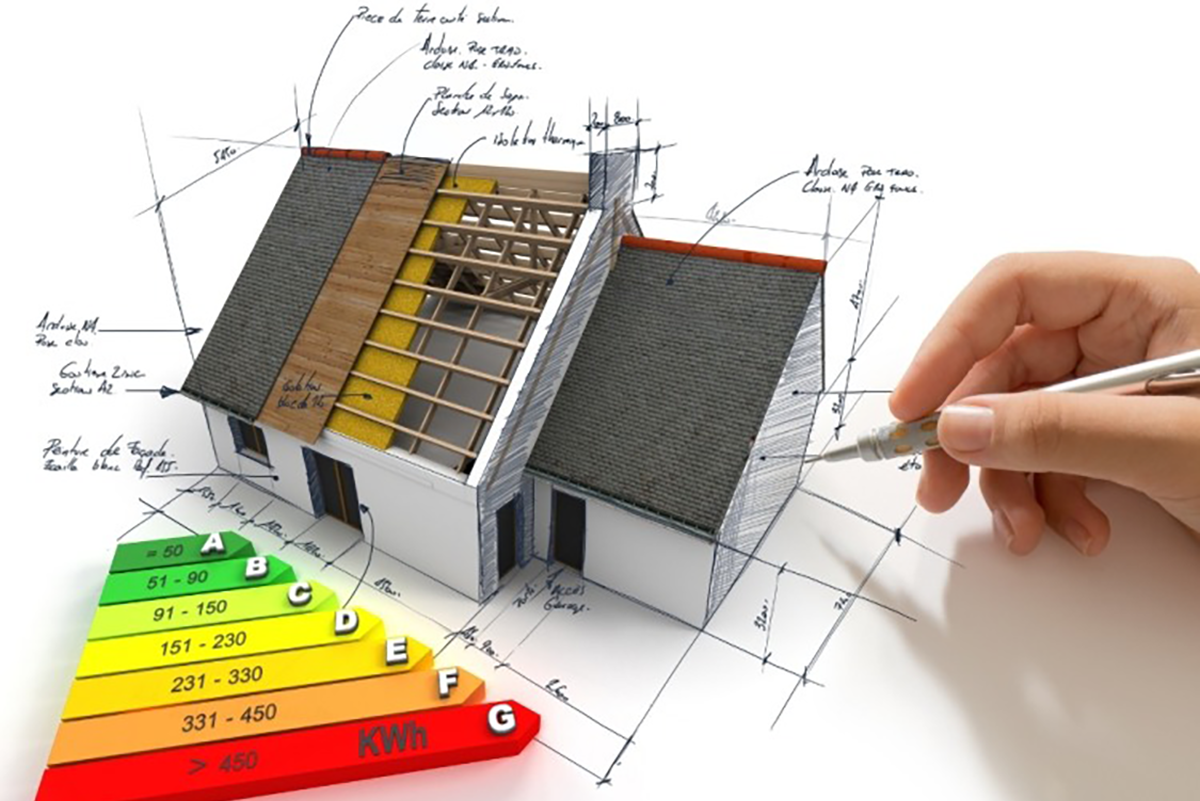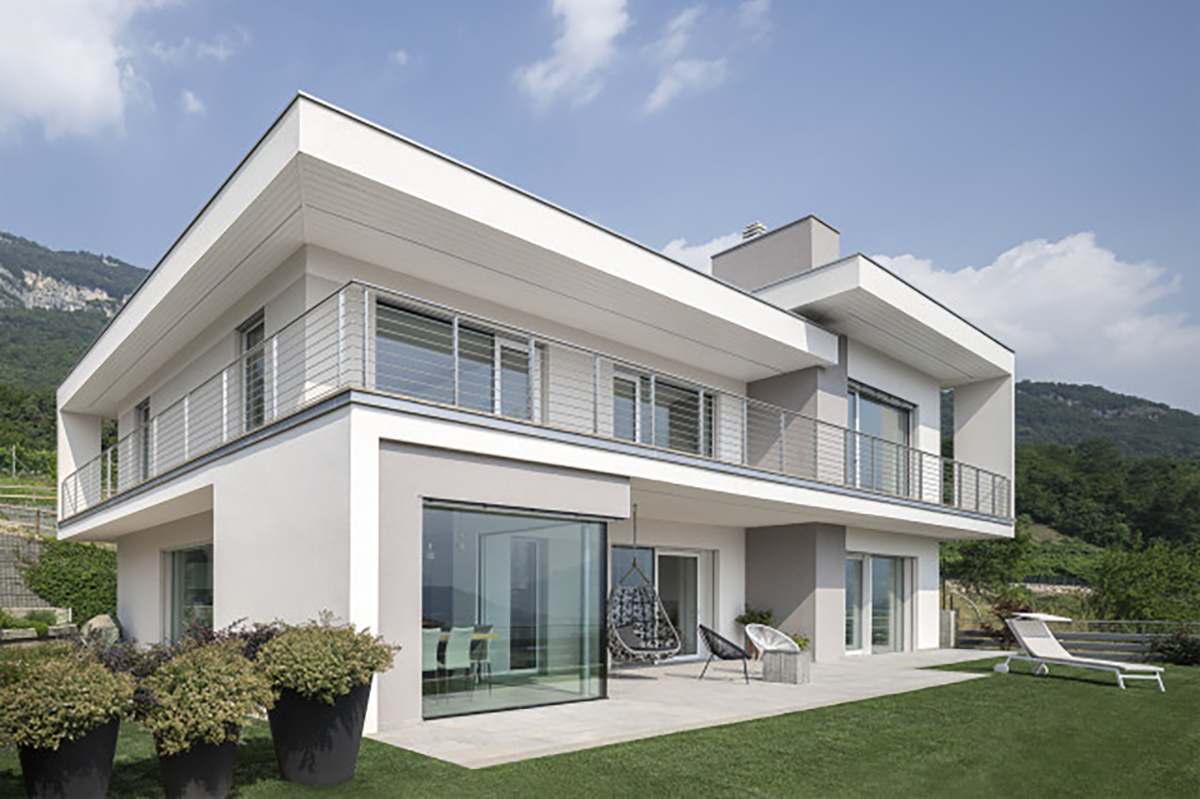News
Removal of Architectural Barriers: Bonuses and Solutions
Accessibility and inclusiveness share a common goal: improving people´s daily lives. If spaces, public and private, were not accessible, the quality of life would suffer. Therefore, it is essential to develop solutions to break down architectural barriers, which can be of various dimensions, sometimes neglected, and which hinder the mobility of anyone who finds themselves in a situation of motor disability (temporary or permanent) or sensory disability (caused by age or other reasons).
What is an architectural barrier?
Architectural barriers can take many forms, making movement difficult for people with limited mobility, even though they may not pose an obstacle to others. Here are some examples:
• Internal or external stairs that prevent access to the first floor of a building.
• Sidewalks that are too narrow and impede the passage of people in wheelchairs.
• The absence of elevators that allow you to go up or down independently with a stroller.
• Small differences in level or steps in a bathroom that prevent access to the shower or easy use for elderly or disabled people.
• Small differences in height that prevent the passage of strollers and prams in public buildings.
• The absence of braille signs for blind people, which prevents them from receiving information.
Architectural barriers do not only concern urban obstacles, such as steps at the entrance to an office, but can also be present inside buildings and involve communication and transport barriers.
Laws on the removal of architectural barriers
To address this problem, the government has established laws to promote the removal of architectural barriers. The main laws in this context are:
• Presidential Decree 384 of 1978, which required the adaptation of public buildings, such as schools, universities, hospitals and railway stations.
• Law n° 13 of 9 January 1989, which establishes terms and methods to guarantee accessibility to spaces, with particular obligations for public places. Furthermore, it offers the possibility of obtaining a partial reimbursement of the costs incurred for adaptation works in existing buildings, starting from 11 August 1989.
• European regulations (EN 8140 and EN 8141) and the Machinery Directive 42/2006 at community level.
Bonuses and benefits for the removal of architectural barriers
To promote accessibility in all places, public and private, the State has introduced various bonuses and concessions. Some of these include:
• The 110% Superbonus extended to the elimination of architectural barriers, which covers interventions such as thermal insulation and the replacement of winter air conditioning systems.
• The 50% Renovation Bonus, extended until 31 December 2024, for interventions to remove architectural barriers in existing buildings.
• A 75% tax deduction for the removal of architectural barriers, extended until 31 December 2025.
• A 19% IRPEF deduction for healthcare expenses, including those relating to lifting devices for disabled people.
• VAT reduced at 4%.
Some solutions for breaking down architectural barriers
• Chair stairlift: to allow people with mobility difficulties to go up and down the stairs comfortably seated on a mobile chair.
• Platform stairlift: a system that allows people with limited mobility or in wheelchairs to negotiate stairs with a mobile platform.
• Mobile stairlifts: devices designed to facilitate movement on stairs, straight or curved, with the assistance of a caregiver.
• Mini elevators: home elevators ideal for narrow spaces, allowing access to multiple floors in residential or commercial buildings.
• Lifting platforms: used to lift people or objects from one floor to another, offering accessibility to users with reduced mobility.
• Ceiling lifts: Lift systems installed on the ceiling to help people transfer from a wheelchair or bed to an elevated position, such as a chair or bathtub.
• Ramps: inclined surfaces designed to overcome architectural barriers and allow access to people with motor disabilities or in wheelchairs.
• Bathroom adaptation: structural modifications and installation of devices to make the bathroom more accessible and safe for people with disabilities.
